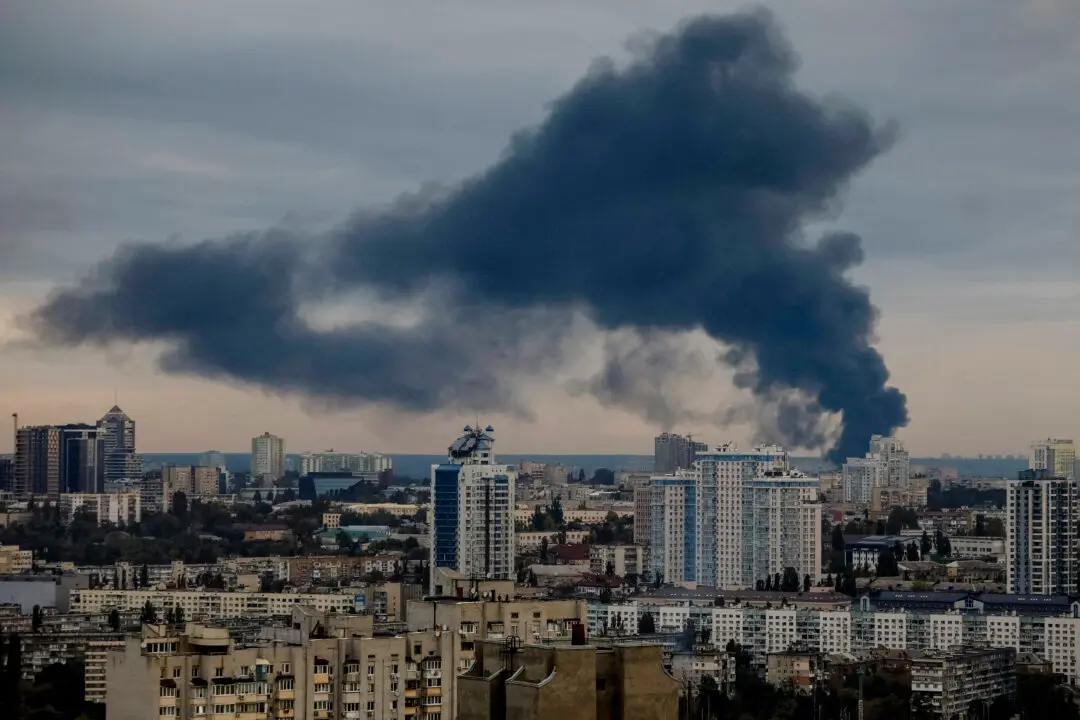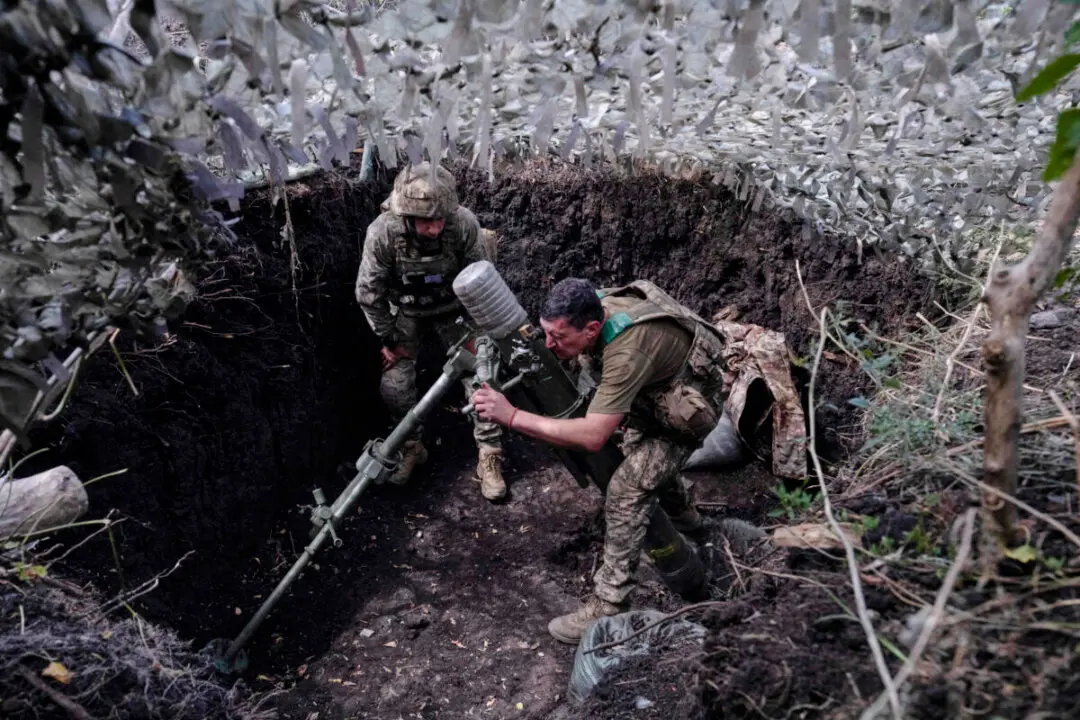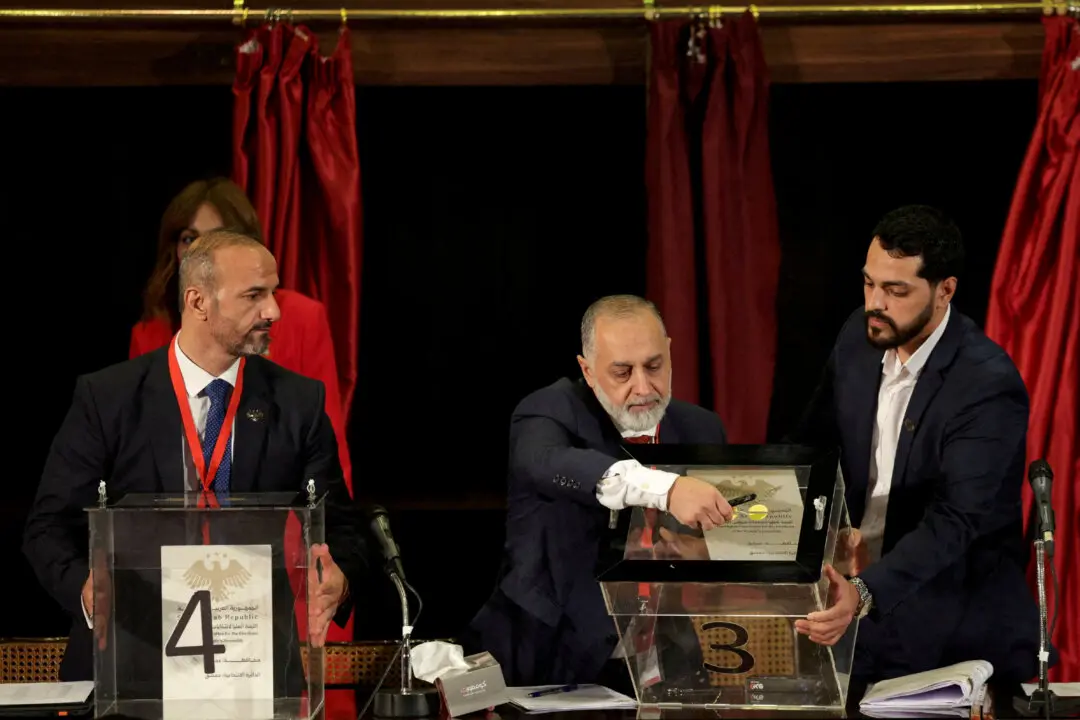Russian forces appeared to redouble their efforts this week to neutralize Ukraine’s U.S.-made HIMARS (High Mobility Artillery Rocket) systems, following a massive New Year’s Eve artillery strike that killed scores of Russian soldiers in the Donetsk region.
Within the previous 24 hours, combined Russian artillery and air power “detected and destroyed” two HIMARS batteries in Ukrainian-held parts of northern Donetsk, the Russian Defense Ministry said on Jan. 3.





